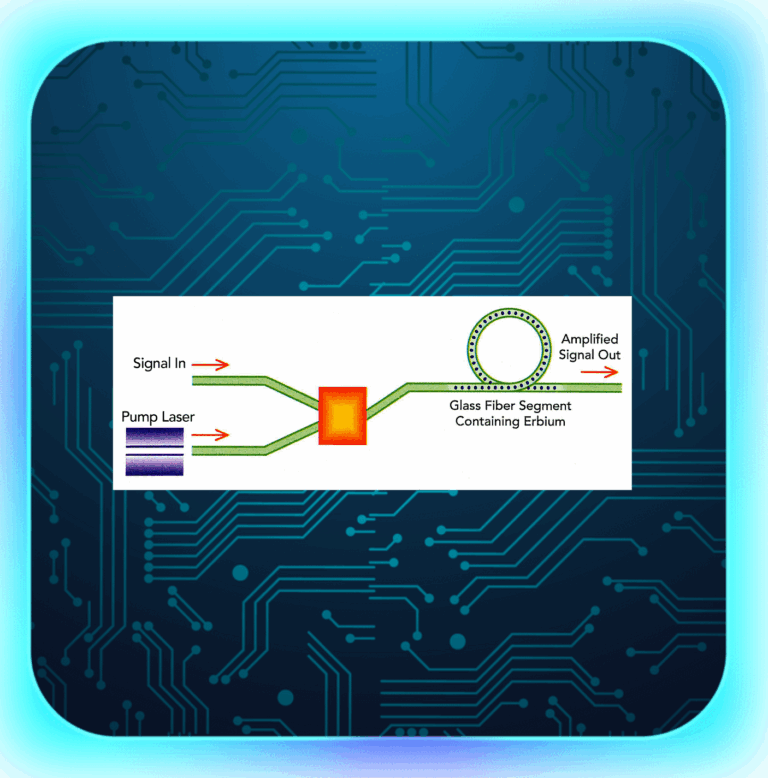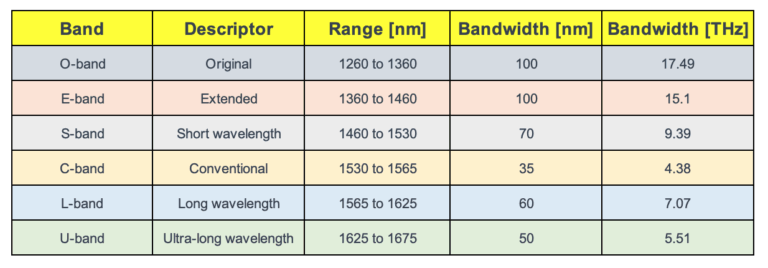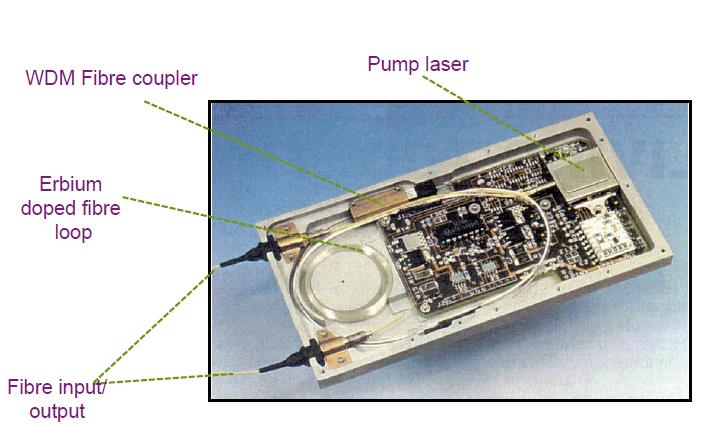HomePosts tagged “Erbium-Doped Fiber Amplifiers”
Erbium-Doped Fiber Amplifiers
Showing 1 - 5 of 5 results
In the world of fiber-optic communication, the integrity of the transmitted signal is critical. As an optical engineers, our primary...
-
Free
-
March 26, 2025
Optical Amplifiers (OAs) are key parts of today’s communication world. They help send data under the sea, land and even...
-
Free
-
March 26, 2025
When we talk about the internet and data, what often comes to mind are the speeds and how quickly we...
-
Free
-
March 26, 2025
When working with amplifiers, grasping the concept of noise figure is essential. This article aims to elucidate noise figure, its...
-
Free
-
March 26, 2025
The main advantages and drawbacks of EDFAs are as follows. Advantages Commercially available in C band (1,530 to 1,565 nm)...
-
Free
-
March 26, 2025
Explore Articles
Filter Articles
ResetExplore Courses
Tags
automation
ber
Chromatic Dispersion
coherent optical transmission
Data transmission
DWDM
edfa
EDFAs
Erbium-Doped Fiber Amplifiers
fec
Fiber optics
Fiber optic technology
Forward Error Correction
Latency
modulation
network automation
network management
Network performance
noise figure
optical
optical amplifiers
optical automation
Optical communication
Optical fiber
Optical network
optical networking
Optical networks
Optical performance
Optical signal-to-noise ratio
Optical transmission
Optical transport network
OSNR
OTN
Q-factor
Raman Amplifier
SDH
Signal amplification
Signal integrity
Signal quality
Slider
submarine
submarine communication
submarine optical networking
Telecommunications
Ticker





